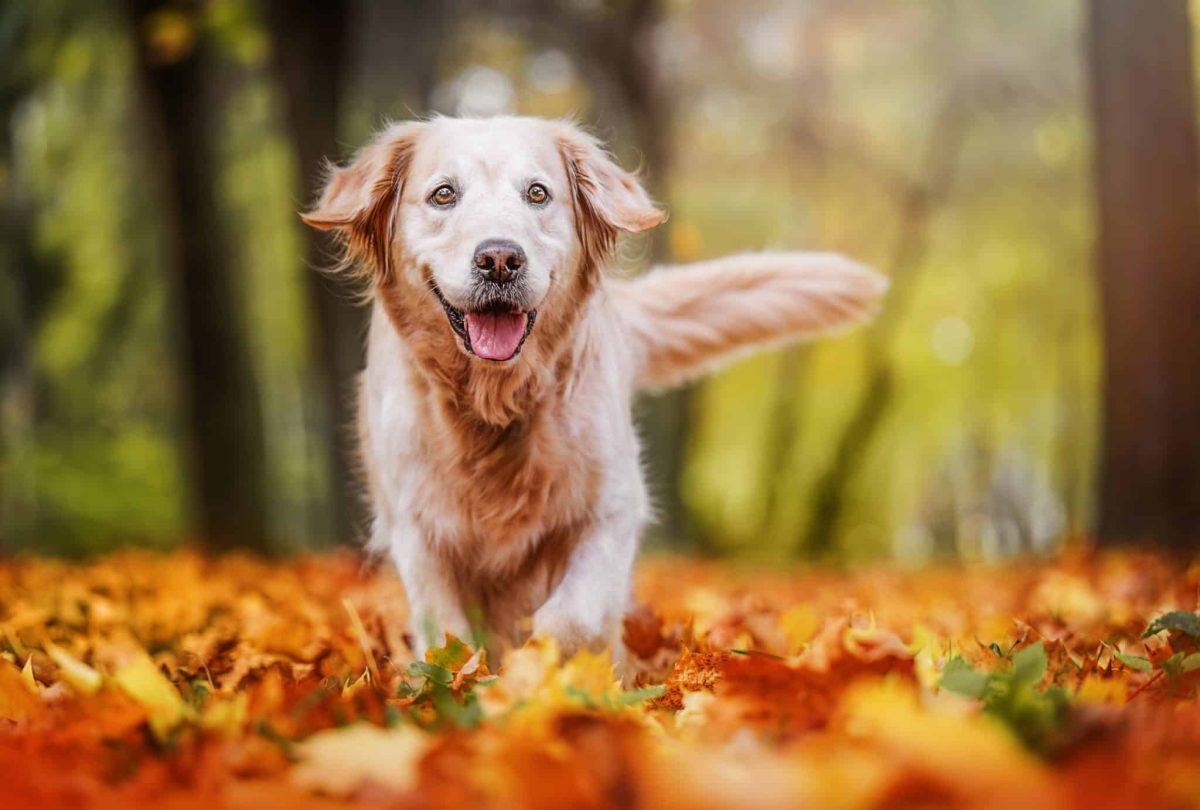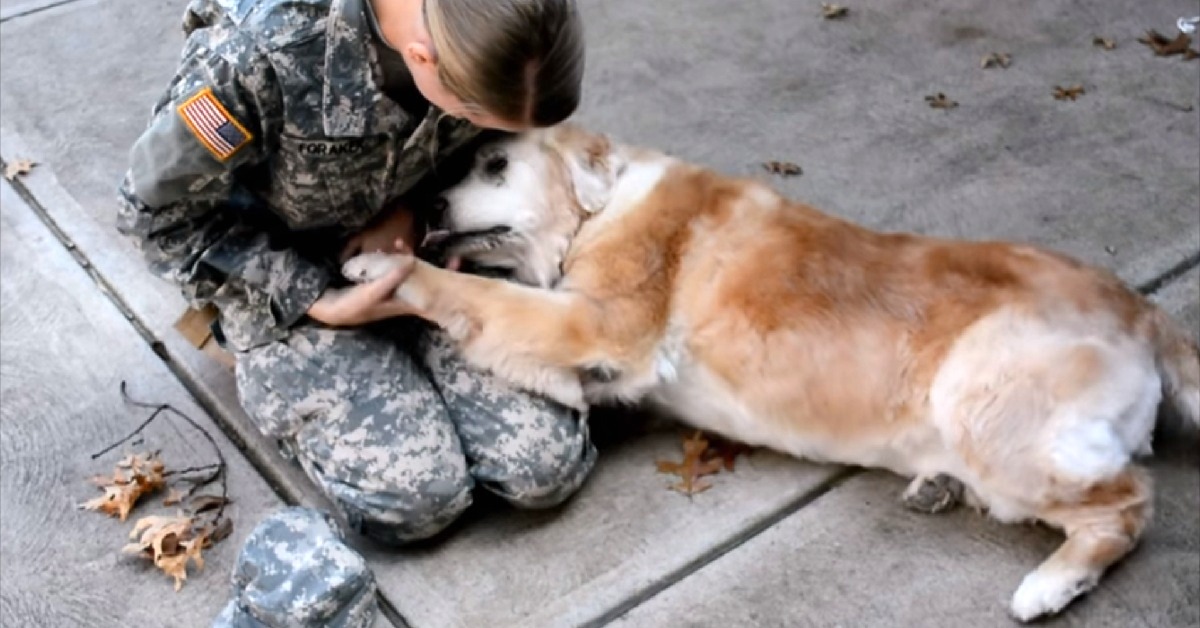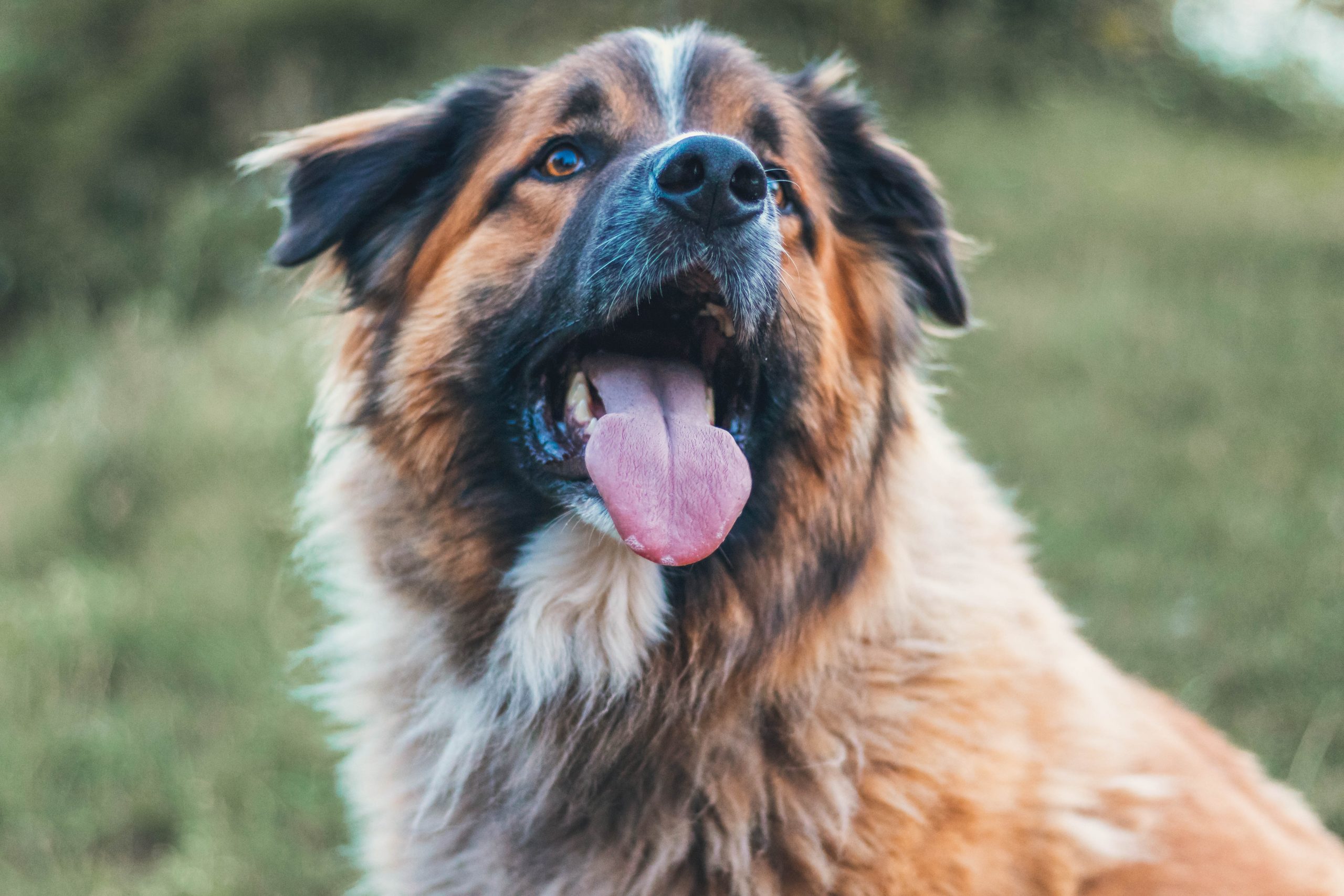 Shutterstock
Shutterstock
Dogs do more than chase toys or ask for snacks—they’re emotional, observant, and in tune with their surroundings. Research has uncovered surprising insights into their everyday behaviors, revealing how much is happening behind those curious glances and wagging tails. Every tilt of the head, every subtle shift in posture, tells a deeper story about how they feel, think, and connect. Understanding what shapes their behavior makes it easier to respond with care, patience, and appreciation for the quiet intelligence behind each furry expression.
Tail Wagging Is More Than Just Happiness
 Shutterstock
Shutterstock
Tail wagging is one of the most recognizable dog behaviors, but it’s far more nuanced than just a sign of joy. The direction, height, and speed of the wag all convey different emotional cues. A tail wagging more to the right often indicates positive emotions, while one leaning to the left can suggest unease or caution. Faster, looser wags usually signal excitement, while stiff or slow wags might reflect uncertainty. Learning to read this wagging language can clue you into how your dog is really feeling.
Dogs Can Smell Human Emotions
 Shutterstock
Shutterstock
With up to 300 million olfactory receptors, dogs can detect emotional changes in humans simply by smell. Our bodies release distinct chemical compounds when we experience fear, stress, or happiness. Dogs can sniff out those subtle changes and respond accordingly—offering comfort when we’re sad or joining in our enthusiasm when we’re happy. It’s one reason therapy and emotional support dogs are so effective—they don’t just sense your mood, they smell it.
Puppy Eyes Are a Tactical Advantage
 Shutterstock
Shutterstock
That irresistible “puppy dog eyes” look? It’s a result of evolution. Over thousands of years of domestication, dogs developed the ability to raise their inner eyebrows, creating a more infant-like expression that humans naturally find appealing. This expression tugs at our emotional strings, increasing our urge to care for and comfort them. So yes, science confirms—those big, round eyes are manipulating us, and we love every second of it.
Dogs Understand Human Gestures
 Shutterstock
Shutterstock
Unlike wolves, dogs naturally understand human gestures such as pointing without training. If you point at something, a dog will usually look or walk in that direction. This seemingly simple ability is rare in the animal kingdom and speaks volumes about the social intelligence dogs developed through thousands of years of close living with humans. It’s a small behavior with big evolutionary implications.
Canine Jealousy Is a Real Thing
 Shutterstock
Shutterstock
Have you ever noticed your dog getting a little weird when you pet another animal—or even your phone? Studies show dogs are capable of a basic form of jealousy. They might nudge your hand away, step between you and the object of attention, or start acting out. While it’s not the complex jealousy humans feel, it’s a sign of their deep bond with us—and their desire to be your number one cuddle priority.
Dogs Have a Sense of Time
 Shutterstock
Shutterstock
Dogs can’t read clocks, but they know when dinner is late. Research suggests dogs can sense the passage of time and form expectations based on it. They may become anxious or restless when routines are disrupted. This time awareness is also why some dogs wait by the door before you usually get home. They’re living, breathing reminders to stay consistent with your schedule—or risk the stare of disapproval.
Dogs Learn by Watching
 Shutterstock
Shutterstock
Dogs are observational learners. They don’t just learn by doing but by watching us and other dogs. From mimicking behaviors during training to picking up on household routines, dogs have an impressive capacity for social learning. This makes them incredibly adaptable and helps explain why they often know what’s happening before we even say a word. They’re fuzzy little mind readers in training.
Empathy Runs Deep
 Shutterstock
Shutterstock
Dogs can sense distress in humans and will often respond by seeking proximity, licking your face, or resting their head on you. These behaviors aren’t just comforting—they’re signs of empathy. Studies show that dogs exhibit genuine concern when their people appear upset. It’s not just loyalty—it’s an emotional bond that runs surprisingly deep, and sometimes, a gentle paw on your knee is the best therapy in the world.
Communication Through Scent
 MidJourney
MidJourney
Dogs are walking scent detectives, and smell is their primary communication. They use pheromones and other scent markers to send messages about their identity, mood, and even reproductive status. That’s why dogs are so obsessed with sniffing each other’s behinds—it’s basically their version of exchanging business cards but with much more… detailed information.
Dogs Hear What We Can’t
 Shutterstock
Shutterstock
Dogs hear frequencies up to 65,000 Hz—way beyond the human limit of around 20,000 Hz. This means they can pick up ultrasonic sounds, like the squeak of a toy we can’t even detect. Their acute hearing also helps them respond to subtle changes in tone and pitch, which explains why they can understand a surprising amount of what we’re saying, especially when we use specific cues or tones consistently.
Problem-Solving Pros
 Shutterstock
Shutterstock
Many dogs are surprisingly clever when faced with a challenge—especially when there’s a treat on the line. They can figure out how to open doors, navigate obstacle puzzles, or even “ask” for help by using eye contact and vocalizations. Some breeds are more naturally inquisitive, but even the sleepiest couch potato has a little Sherlock Holmes in them when motivated.
Facial Recognition Experts
 Shutterstock
Shutterstock
Dogs are excellent at reading human facial expressions. They can tell the difference between happy, angry, and neutral faces, and they respond accordingly. If you come home after a bad day, your dog will likely approach more cautiously. You’ll probably get a tail wag, and a face lick if you’re smiling. They don’t just respond to our actions—they read our emotional cues and adjust their behavior to match.
Bonding Like Babies
 Shutterstock
Shutterstock
The bond between dogs and their humans resembles the attachment bond between infants and caregivers. Dogs seek closeness, become distressed when separated, and are comforted by our presence. This attachment is part of what makes dogs such powerful companions—it’s not just loyalty, it’s a deep psychological connection rooted in both biology and love.
Yes, Dogs Can Get Depressed
 Shutterstock
Shutterstock
Dogs can experience depression, especially after losing a companion or experiencing a major life change. They may become lethargic, stop eating, or withdraw from family members. Just like with humans, this emotional state needs attention. Sometimes it resolves with time, love, and stability. Other times, it may need a little help from a vet or behaviorist. So, no, it’s not just “being moody”—it’s real, and it matters.
Body Language Says It All
 Shutterstock
Shutterstock
Dogs communicate using body language far more than vocalizations. A tucked tail, raised hackles, flattened ears, or stiff posture can speak volumes. Similarly, a play bow or relaxed body signals joy and trust. Reading these physical cues allows you to understand your dog’s needs, fears, and excitement, building a stronger, more responsive relationship.
The Tail End Of The Tale
 Shutterstock
Shutterstock
Dogs might not speak our language, but they communicate constantly—through eyes, ears, tails, sniffs, and snuggles. These fifteen insights explain what they do and why they do it. Behind every zoomie, side-eye, or couch flop is a fascinating mix of instinct, emotion, and connection. Paying attention to these little signals builds trust and brings us closer. They already think we’re the most remarkable thing on earth, and understanding them better proves the feeling is mutual. Science helps explain it—but love has always known it to be true.

 1 month ago
20
1 month ago
20


















 English (US) ·
English (US) ·